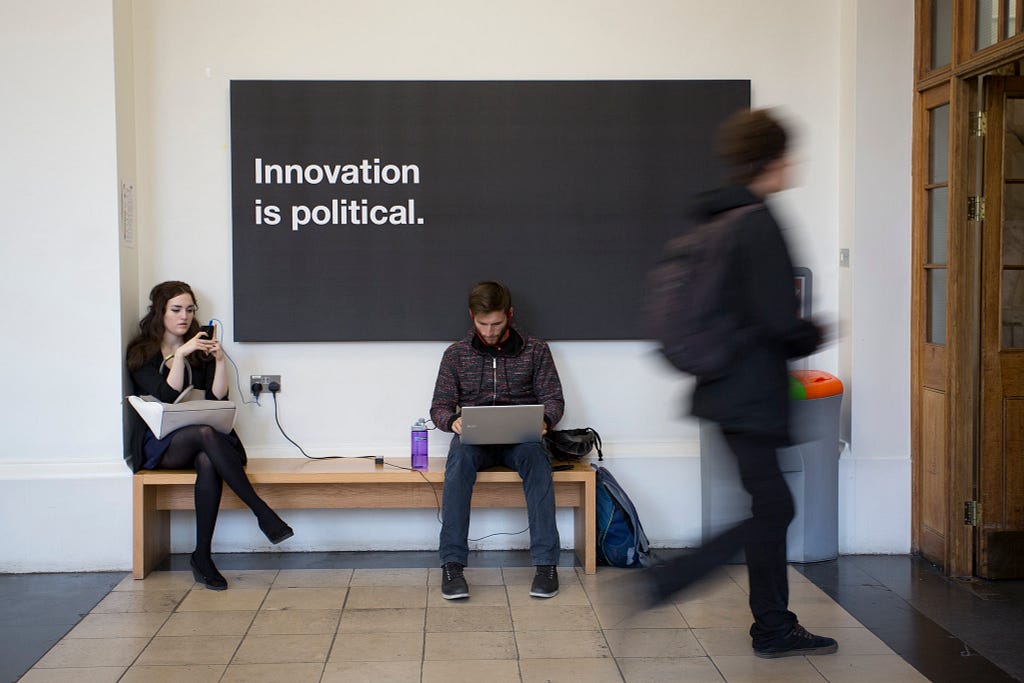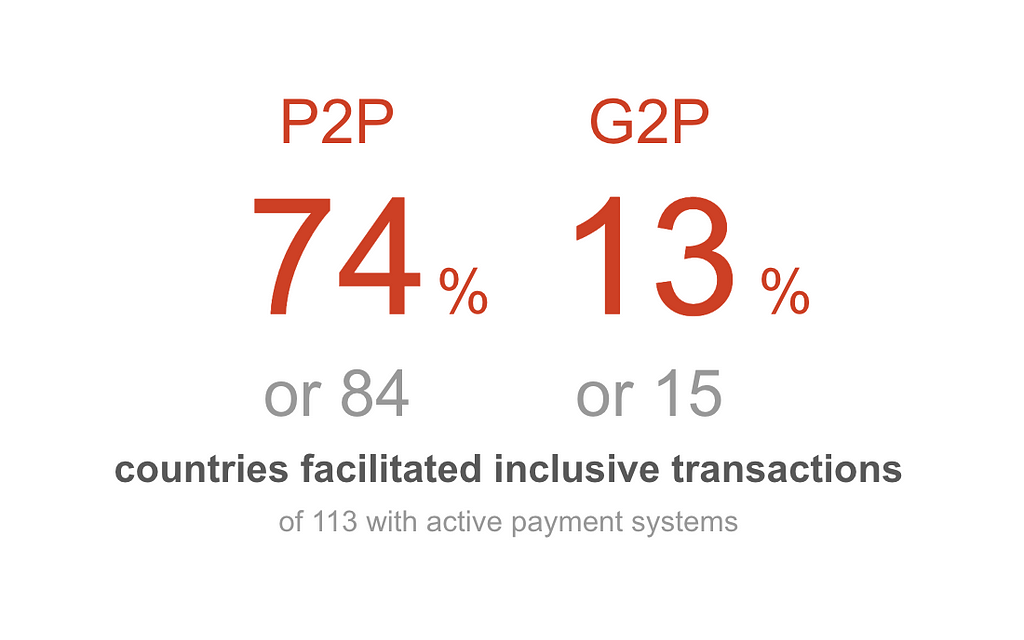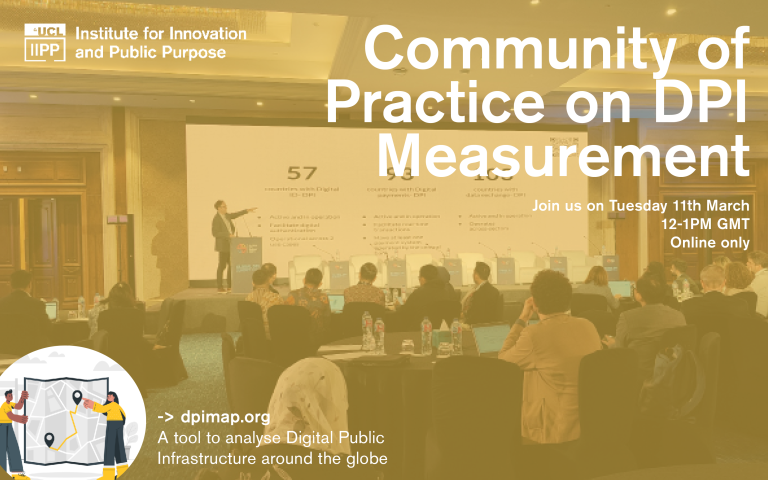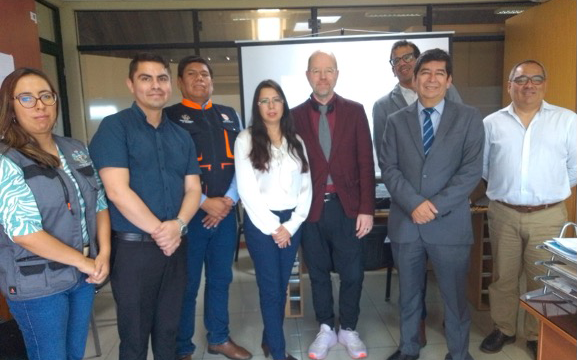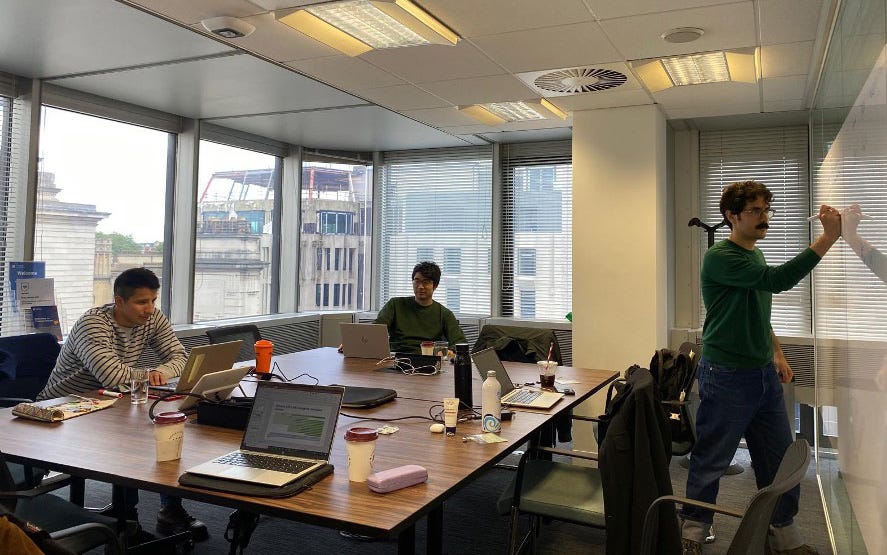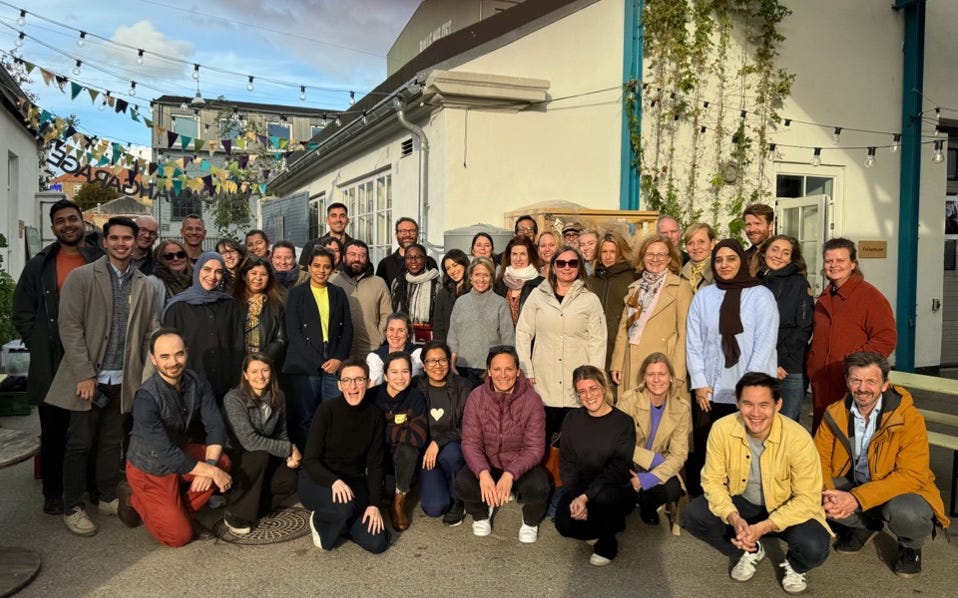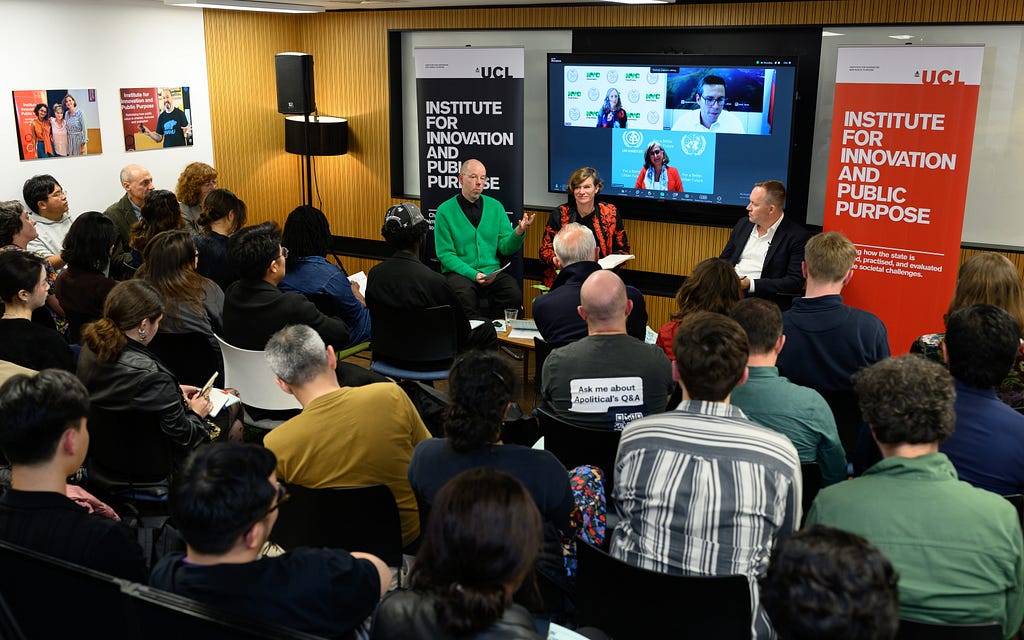
By Ruth Puttick
Across the world, cities are where the future happens first. From tackling climate change to shaping inclusive economies, local governments are on the frontlines of humanity’s greatest challenges. Yet, while expectations for cities grow, the tools, data, and support they need to deliver often lag behind.
That’s why the scaling of the Public Sector Capabilities Index marks an important milestone. Over the past two years, in partnership with Bloomberg Philanthropies, the Index has been co-developed with more than 200 government officials across 45 cities and over 100 urban experts.
A first-of-its-kind tool, the Index is designed to help city governments, and those that support their efforts, to assess, strengthen, and celebrate cities’ ability to solve problems, deliver for their residents, and contribute to addressing global challenges.








